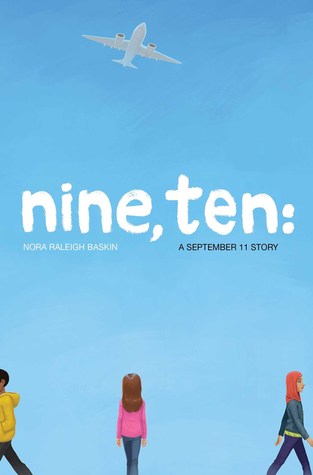Like many teachers across the country, I am struggling to figure out what I can do in my classroom that will lay one small part of the foundation of the nation we want to become -- a nation united by our wealth of differences, rather than continuously divided into groups who spend all their energy on the problem, rather than on finding solutions.
This week, I interacted with children for the first time since school ended in June. The free summer lunch program that's hosted at my school brings together a beautiful mix of children. One boy who is taking part has known behavior issues, and he gave me a chance to practice and model social justice, one small incident at a time. For the sake of this post, I'll call this little guy Joey. Here are three small ways I can have a positive impact in my classroom and in the world around me.
1. LESS FOCUS ON THE PROBLEM, MORE FOCUS ON THE SOLUTION
I was just finishing up with the lunch count when Joey came out of the gym and complained that a boy had thrown a ball at his face. On purpose. Rather than focusing on the problem, I asked Joey what he had done in retaliation (nothing) and praised him for his peaceful solution -- for walking away and coming to get help. We talked about what he would like to do next -- Did he feel safe returning to the gym? Could he play in the gym without coming into contact with this other child? We walked to the gym and saw that he could join the group playing HORSE at the basketball hoop, or he could go into the opposite corner and work on his soccer skills. I left him with a soccer ball and a plan. Hopefully, by valuing his solution over the problem (which, knowing Joey, may or may not have occurred), he has learned that he can get positive attention for making good choices. By the time we identify a problem, it's already in the past. Our reaction to the problem is in the present, and our solution represents future thinking. Let's spend less time admiring problems, and more time on creative and positive solutions.
2. BE PEACE MAKERS AND ROLE MODELS
At lunch, Joey came and told me that other boys were calling him gay. We walked over to his table and I saw that one of our teen volunteers was talking to the other boys about the need to apologize. As soon as we got to the table, voices went up several decibels and fingers were aggressively pointed across the table on both sides. I sat down between the two parties half in and half out of the lunch table bench with my back to Joey, and I framed the situation this way for the older boys, "I can tell that Joey really believes that you called him names. And I am hearing you say that you did not call him names. I don't expect you to apologize for something you didn't do or say, but something happened here to upset Joey, and you have a choice now. You can be a trouble maker or you can be a peace maker. To be a peace maker, you might say something like this: 'I'm sorry you think I said hurtful things. I did not say those things, and I am not the kind of person who would ever say those things. But I can see you're upset and I'm sorry for that.' If you believe in your heart that those are true words, you might try being a peace maker and say them to Joey." The older boy used my words, and then I turned to Joey and said, "Now, I don't expect you to say, 'That's okay,' because your feelings were hurt and that might not be true. But if you wanted to practice being a peace maker, too, you might say, 'Thank you for your apology.' " Joey couldn't quite say those words out loud, but his lips moved and I thanked him for trying on the role of peace maker.
Learning to be a peace maker takes time and practice. It takes role models who are willing to deescalate situations by communicating their own truths and listening to the truths of others with compassion.
3. WHAT'S ON THE INSIDE IS THE IMPORTANT PART
Eventually, the older boys left and it was just me, Joey, and the teen volunteer. Out of the blue, Joey asked, "Why is that boy over there wearing a pink tutu? That's a boy! I know it is! Why is he wearing a skirt?" I looked at Joey and said, "What difference does it make? That's just what's on the outside. Isn't what's on the inside of a person way more important?" And the teen volunteer chimed in, "Yeah! This is 2016 after all!!" She and I agreed that Jaden Smith (son of actor Will Smith) ROCKS the whole "wear whatever makes you happy" thing. Joey wasn't able to get reaction of outrage from the teen and I. Instead we showed him how to accept what we see on the outside of a person and value what's on the inside.
EYE CONTACT AND SMILES
One other thing I am doing in my everyday life is to share eye contact and a smile with everyone I meet -- parents dropping their kids off for summer lunch, folks on the sidewalk at the farmers' market, exercisers walking on the path in the park, and workers cleaning the restrooms in the health club or bagging my groceries. It is my hope that this one small gesture communicates that the other person has been seen and valued, and begins to build a web of human connections one smile at a time.




























